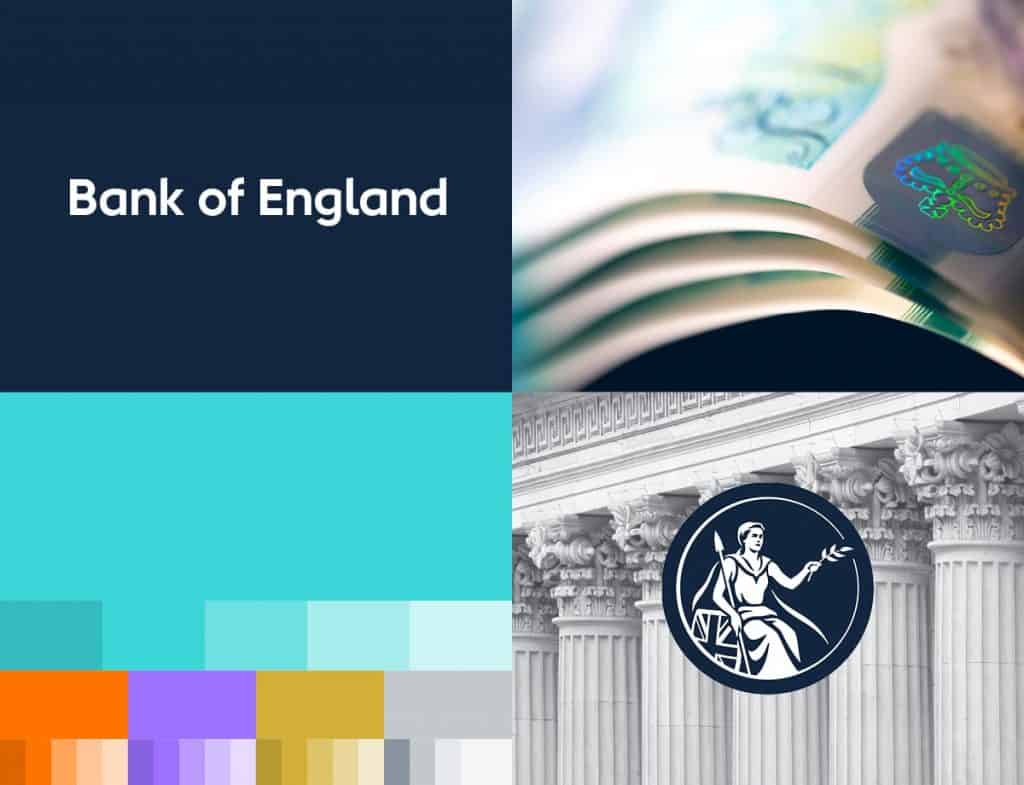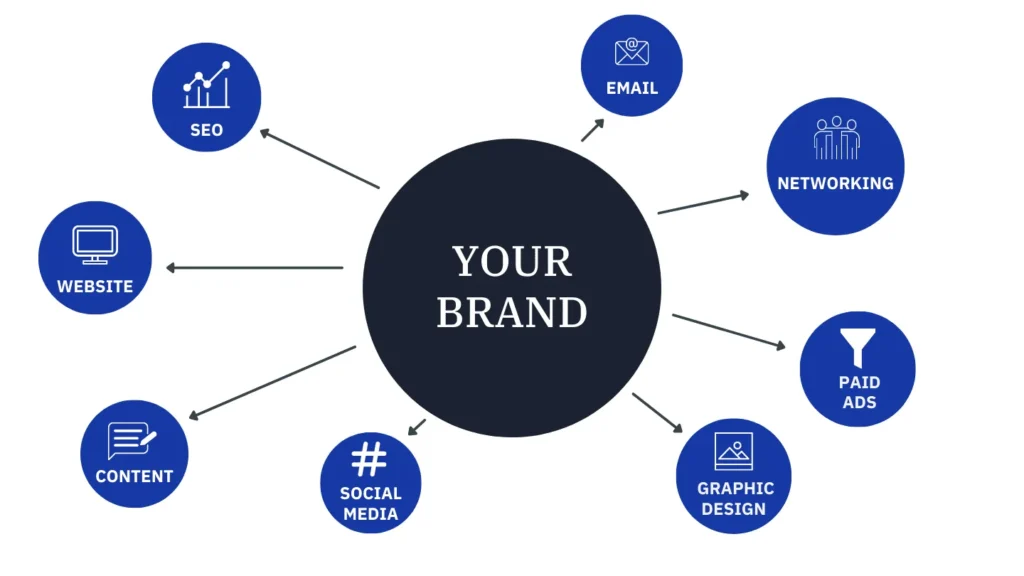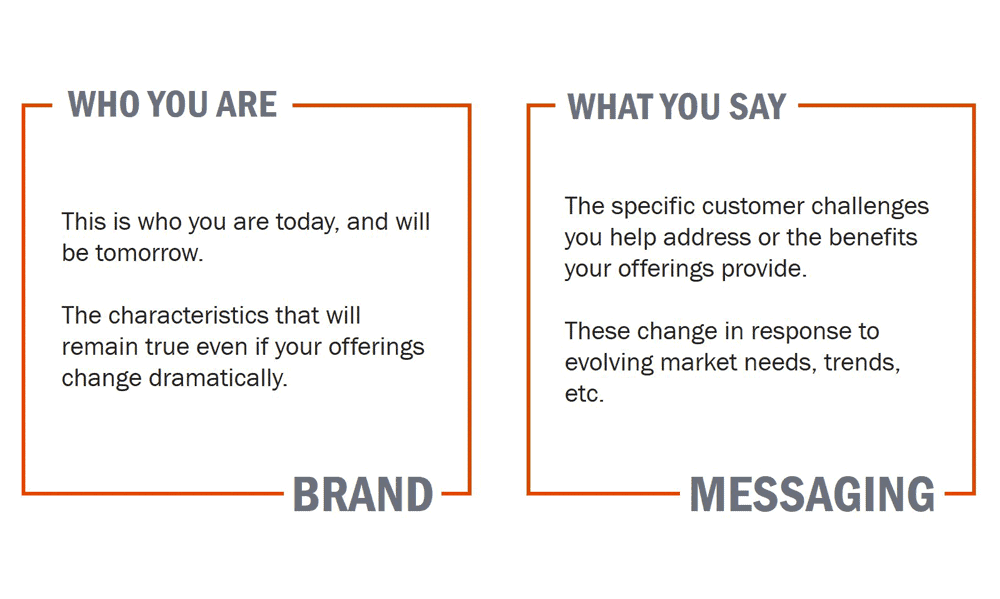12 Best Marketing and Branding Strategies
Want to know how I added six figures to a failing business in 90 days?
It wasn't fancy ads. Not influencer collabs. Not even a viral TikTok.
It was this list.
Most brands bleed cash chasing shiny objects. They waste years on strategies that work for others but crumble for them. Why?
They're using playbooks, not principles.
I've scaled 12 companies in the past eight figures. Shut down three that flopped. And here's the brutal truth: 95% of ‘marketing strategies' are garbage. They're outdated, overcomplicated, or missing the ONE ingredient that turns followers into fanatics.
This isn't a theory.
These 12 strategies? I've used them to:
- Turn $0 ad budgets into 6-figure ROAS
- Make commoditised products feel irreplaceable
- Turn customers into walking billboards (without cheap gimmicks)
You'll get the exact hooks, frameworks, and counterintuitive tactics I've battle-tested across industries—from SaaS to brick-and-mortar. No fluff. No jargon. It's just what moves needles in 2025.
Here's the kicker: Strategy #7 helped a client land 1,200% YoY growth… using a 15-minute daily habit.
Ready to stop guessing and start dominating?”
- Defining Marketing and Branding
- Crafting Your Brand Identity
- Top Marketing and Branding Strategies to Fuel Brand Awareness
- Crafting Magnetic Marketing Messaging
- Building Powerful Brand Stories
- Executing Cohesive Branding and Marketing Strategies
- Brand Management During Hardships and Controversies
- Key Takeaways and Next Steps
- Frequently Asked Questions
Defining Marketing and Branding

Before diving into specific strategies, it's essential to understand the difference between marketing and branding.
What is Marketing?
Marketing refers to activities that communicate the value of your products or services to customers. The goal is to educate potential customers and convince them to purchase what you offer over competitors.
Some key marketing objectives include:
- Increasing awareness of your brand
- Driving more traffic to your website
- Generating leads and sales
- Building customer loyalty
Marketing utilises various tactics across different channels to accomplish these goals.
What is Branding?
Your brand encompasses your business identity, including its name, logo, messaging, personality, and more. Branding establishes how you want customers to perceive your company.
An effective brand conveys:
- What your business provides
- Your values and vision
- What makes you different from competitors
Powerful branding also elicits an emotional connection with your audience. This influences buying decisions and builds long-term relationships beyond individual transactions.
With this foundation established, let's explore the best marketing and branding strategies your business can leverage.
Crafting Your Brand Identity

Developing a solid brand identity creates clarity for your audience on what you offer and why you matter. When launching a new company, determining your brand identity at the outset is crucial.
Here are tips for creating resonating messaging and visuals.
Define Your Brand Values and Purpose
Outline the specific values that fuel your brand. What principles guide your business decisions? Communicating the “why” behind your company allows customers to connect with you on a deeper level.
Furthermore, determine your brand purpose. Why does your business exist, and how does it aim to impact customers' lives positively? People who understand your motivations beyond profits are more likely to support your brand.
Research Your Target Audience
Gain crystal clear insight on current and potential customers, including their:
- Demographics like age, location, gender
- Psychographics covering attitudes, lifestyle, values
- Pain points and needs your business solves
- Purchasing habits and objections
This enables tailoring your brand identity and messaging to resonate most with your audience.
Establish a Consistent Brand Personality
Define the voice and personality traits you consistently want your brand to convey across communications. For example, attributes like innovative, trusted, or creative.
When customers understand your brand's perspective, you can foster deeper connections.
Create Compelling Visual Brand Assets
Visuals like logos, colour schemes, and images allow customers to recognise your brand instantly. Key elements to define include:
Logos: Simple, memorable logos effectively communicate your brand. Consider how recognisable icons like McDonald's golden arches or Apple's apple shape stand out.
Colour palette: Consistently using the same colours in designs, websites, and signage materials subconsciously triggers brand recognition.
Imagery: Photos and graphics that reflect your brand personality also aid brand consistency. Align images with your target audience's preferences as well.
With core visual assets and messaging defined, conveying your branding at every customer touchpoint builds familiarity. Now, let's explore marketing tactics to share it.
Top Marketing and Branding Strategies to Fuel Brand Awareness

Implementing marketing across channels exposes more people to your brand and offerings. But with countless options, where should you focus?
Here are today's 12 most effective tactics for getting the word out.
1. Search Engine Optimisation (SEO)
SEO improves visibility in search engines' unpaid results to pull in 93% of online activity. Optimising site content and technical elements for searchability helps you rank higher over time. Most website visitors trust the top search listings and are more likely to convert.
2. Pay-Per-Click (PPC) Advertising
PPC ads on search engines and social media platforms instantly drive targeted traffic to your site when relevant keywords are searched. You only pay when users click your ads. Though paid, PPC accounts for 40% of clicks and builds brand impressions.
3. Content Marketing
Content like blogs, videos, and visuals that engage your audience can increase website traffic by over 250%. Quality content also boosts brand trust and SEO. Ensure your content speaks to customer pain points around your products or industry.
4. Social Media Marketing
Promoting your brand across social platforms fosters a community around it. Utilise both paid social ads and organic content sharing to raise awareness. Encourage user-generated content as recommendations from others build credibility.
5. Email Marketing
Email newsletters, promotions, or event invites directly reach customers. Put your branding and messaging in front of their eyes at lower costs than other tactics. Email achieves the highest return on investment (ROI) per marketing dollar spent.
6. Influencer Marketing
Partnering with industry experts and online personalities exposes your brand to their engaged follower base. A shoutout from a trusted influencer introduces you to new and relevant audiences.
7. Events and Webinars
Hosting or sponsoring live or digital events positions your company as a thought leader. They also facilitate networking to fuel word-of-mouth referrals. Use events to demo products and interact first-hand with customers.
8. Print Advertising
Despite the digital age, print ads in newspapers/magazines still reach 41% of readers. They build localised awareness and work for service businesses like contractors or realtors.
9. TV and Radio Spots
For regional or national campaigns, brief TV/radio advertisements grab attention with sight, sound and motion. This allows for conveying more brand personality over competitors' static ads.
10. Out-of-Home Advertising
Billboards, transit ads, and venue posters expose brands to commuters and attendees. Place out-of-home ads where you know your audience will frequent. Keep messaging short and eye-catching at a glance.
11. Direct Mail Marketing
Though increasingly scarce in mailboxes, physical mailers with discounts or personalised offers can break the digital noise. Include branding throughout direct mail pieces to imprint them with recipients.
12. Signage and Branded Merchandise
Installing signage and distributing promotional items like custom t-shirts, water bottles, etc, imprints your branding everywhere customers take them. Useful freebies also build positive brand associations.
With core marketing channels and options outlined, let's explore how to convey compelling messaging.
Crafting Magnetic Marketing Messaging

It's not enough to slap your company logo and latest material offer unquestioningly. Savvy marketing requires tailored value messaging focused on what your products uniquely deliver.
Follow these best practices for writing compelling copy and creatives across channels:
Lead With Relevant Headlines
Craft attention-grabbing headlines featuring your most important keywords. Highlight your differentiators, like new services, limited-time discounts, industry updates, etc. Ad and landing page headlines should convey what visitors get from clicking/reading further.
Communicate Benefits Over Features
Many companies fall into the trap of only listing product features and specifications. Yet what customers genuinely care about are the direct benefits those features create for solving their problems. Instead of just stating you sell ergonomic chairs, explain how your patented lumbar support improves posture and prevents back pain when sitting for hours. This resonates much stronger.
Speak With The Customer In Mind
Use language aimed directly at your audience and their first-person perspective. Rather than boasting, “We offer exceptional service,” say “, You’ll experience white-glove onboarding and support.” This makes messaging feel more personal and credible.
Inspire With Aspirational Messaging
Beyond hitting pain points, compelling copy also taps into customers' hopes, goals and vision for life. Evoke the desired feelings and outcomes your offering delivers, like financial freedom or healthy living. This emotional branding creates connections beyond logical reasons to buy.
Educate Around Your Industry
Establish your brand as an authority by educating customers on trends and innovations in your space. For a fashion retailer, provide tips on upcoming seasonal styles. A dentist could explain new advanced treatments. Become the informational resource your market turns to.
Lean Into Your Brand Personality
Reflect on your defined personality traits consistently across taglines, campaign themes, website copy, social posts, and beyond. For example, avoid overly corporate jargon if aiming for an edgy, unconventional brand image. This repetition cements your identity.
Offer Urgency and Scarcity
Prompt action by noting limited-time sales or availability using countdown timers and calls-to-action like “offer ends soon!” FOMO wins over buyers sitting on the fence. Just ensure to follow ethical principles in your scarcity messaging.
These copywriting and messaging best practices shape content that leaves a lasting brand impression and compels audiences. Now, let's tackle narratives beyond individual campaigns.
Building Powerful Brand Stories

While promotions highlight specific offerings, crafting an overarching brand story fuels engagement long-term. What tale does your brand tell?
Impactful brand stories ignite the logical and emotional sides of customers’ brains for more memorable connections. Strategies for compelling brand storytelling include:
Spotlight Your Origin Story
Document the original inspirations, purpose and journey behind launching your company. Share founder backgrounds or the ‘lightbulb moment’ sparking the development of your first product prototype. These genuine origin details humanise your brand.
Showcase Your Culture and Values
Provide inside looks at what daily working life looks like in your organisation, spotlighting company values in action. Let people behind the brand shine through with images and corporate video production conveying your culture. This transparency builds trust and alignment.
Celebrate Milestones
Commemorating significant accomplishments like years in business, new product releases, awards won, or meeting revenue goals makes audiences feel part of your journey. It also validates your authority to solve customer problems over time.
Embrace Your Quirks
Revealing unique rituals, office perks or personality quirks through things like virtual office tours makes your brand far more relatable. Show prospects you don’t take yourself too seriously.
Encourage User-Generated Content
Collecting and reposting authentic photos, videos, and reviews from satisfied customers lends credibility more than exclusively pushing your branded material. Their voices tell your genuine story.
Consistency, both visually and tonally, is critical for brand story elements. Help prospects envision themselves fitting into the world you’ve created. Now, let’s connect tactical steps to actualise your strategies.
Executing Cohesive Branding and Marketing Strategies
With research on ideal positioning and customer insights gathered to direct strategy, bridging concepts into an integrated plan formalises bringing your brand to life.
Follow these best practices when architecting your marketing and branding blueprints:
Set Quantitative Goals
Outline specific, measurable targets you aim to hit through marketing and branding efforts like:
- Reach 100,000 new website visitors
- Achieve 50,000 social media followers
- Generate 300 sales-qualified leads
These benchmarks guide priority areas to focus on budgets, resources, and metrics tracking.
Map Methods to Desired Outcomes
Match tactics from your strategy lists to the distinct goals they will most directly impact. Paid search drives new site traffic, while newsletters nurture leads towards conversions. This structures more calculated and effective programs.
Align Timelines and Milestones
Schedule a 12 or 24-month calendar detailing significant campaign launch dates, ad spend increases, branding activity rollouts and goal checkpoints. This overview helps pace and gauge performance.
Define Roles Across Your Organisation
Determine what team or staff executes each branded touchpoint and marketing channel, from website developers to social media managers. This prevents duplicated efforts or gaps from losing momentum.
Track Performance and Optimise
Build reporting dashboards and alerts in digital platforms showing important metrics like click-through rates on ads or email open percentages. Monitor for lags to adjust the finer details on underperforming components swiftly. Progress depends on agility.
With a documented roadmap guiding better synergy of marketing and branding efforts in the long term, it’s easier to realise overarching growth goals. But navigating execution isn’t the only hurdle brands face. How you respond when things veer unexpectedly also spotlights authenticity.
Brand Management During Hardships and Controversies

While every business aspires for blue skies and smooth sailing, reality often has other plans.
From economic downturns to PR nightmares when brands end up in the hot seat of public opinion or regulatory investigations – how marketing leaders handle these turbulent times also speaks volumes about an organisation.
Savvy brand management requires treading these rough waters skillfully by:
Responding With Transparency
When confronted with unethical, dangerous or offensive behaviours, the worst approach is deflecting responsibility or avoiding the issues outright.
Brands retaining customer loyalty in the aftermath of crises issued formal apologies acknowledging wrongdoing, outlined corrections being implemented, and shared ongoing plans to prevent repeat issues.
Accepting accountability rather than making excuses diffuses backlash. Leaders putting names and faces to responses also earn trust through transparency.
Combating Misinformation
In today’s reactionary digital landscape, with opinions becoming “facts” at lightning speed, false claims around a brand spread rapidly. Counteract by promptly issuing statements with the confirmed truth on social channels and proactively contacting media outlets before false narratives are cemented. Don’t let gossip overshadow reality.
Finding the Silver Lining
Once defences are up, addressing controversies head-on, brands can regain footing by spotlighting the positives still shining behind the clouds. Did your manufacturing facility invent an innovative recycling procedure amidst supply chain struggles?
Share that proactive win. Frame the bumps inroads to becoming an even more ethical company committed to righting wrongs long-term – then back statements up.
While storms inevitably hit, marketing’s measure comes not from avoiding turbulence but from how skillfully brands steer customers to safer harbours in the aftermath—the bonds built in overcoming adversity together plant loyalty-sustaining brands for decades beyond.
Key Takeaways and Next Steps
Succeeding with marketing and branding in an increasingly noisy landscape takes resolve to stand out. Begin by defining your authentic differences and purpose. Then, deploy an integrated mix of strategies focused on continually adding customer value. Monitor effectiveness, but also plan responsibility contingencies.
By keeping audience needs at the compass point guiding business decisions, brands earn reciprocity through genuine commitment. When both company values and buyer needs align, the market rewards that relationship for the long haul.
Ready to level up your outreach and leave bolder impressions? Below are the recommended next steps:
- Request a Marketing Audit: Our team would be happy to analyse current branding and programs to determine strengths to double down on and gaps to fill.
- Join Our Next Branding Workshop: Sign up for our upcoming virtual session guiding new brands on core principles like establishing personalities and visual identity.
- Download Our Brand Style Guide Template: Access our free blueprint outlining document structure and helpful prompts to start crafting guideline content.
Now, set your trajectory towards increased awareness and engagement by taking the proper first steps for your brand. Our team looks forward to assisting you in any way we can during your liftoff!
Frequently Asked Questions
What are some tips for creating an effective logo?
Some logo best practices include keeping the design simple yet unique, ensuring it looks professional across contexts from letterhead to app icons, experimenting with negative space to add visual interest, and conveying recognisable symbols representing your industry or offerings.
How often should I post on social media?
While frequency depends on your audience and resources, a general social media marketing benchmark to aim for is posting on each channel at least 1-2 times per week to ensure that you stay at the top of your mind. More than two posts a day risk overwhelming followers.
What metrics indicate my branding and marketing success?
Key performance indicators revealing impact include website traffic growth, increased social media followers and engagement rates, higher sales pipeline generated from tactics, and a climb in brand search volume and familiarity surveys.
How much should I spend on marketing per month?
Typical marketing budget percentages of overall company revenue range between 7-15%, including staff costs, programs, systems, overhead and actual ad spend. Determine the minimum investment levels needed to hit your lead and revenue targets.
When should you rebrand your business?
Typical triggering events signalling a rebranding need include mergers/acquisitions, major company pivots into new markets, leadership changes at the executive level, modernising dated visual identities making you appear out of touch, or recovering from reputation damage requiring an image overhaul.

